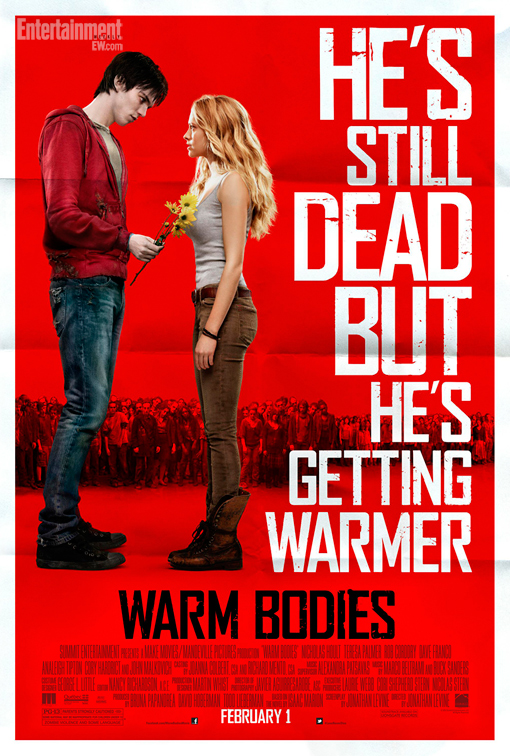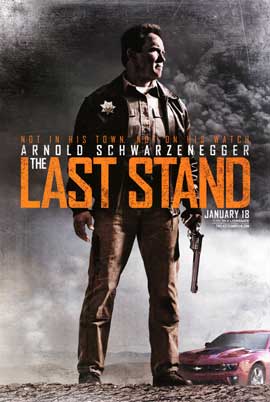“Pain and Gain”
Michael Bay is tough to like. He makes the kinds of movies I
like (crazy action movies), and yet with a few exceptions I don’t like most of
his movies. I found the first “Bad Boys,” first “Transformers,” and “The
Island” enjoyable, but the only one I could say was good was “The Rock.” All
his other movies ranged from average (“Armageddon”) to painfully terrible
(“Transformers 2”). With a stroke of luck though, his new movie, “Pain and
Gain,” overcame the trepidation that comes with him and came out as easily his
best movie since “The Rock.”
Much of this can be attributed to the fact that “Pain and
Gain” is based on a true story, and one that proves to be an engagingly loopy
one filled with muscle-bound protagonists and pitch-black comedy. Three
bodybuilders, fed up with being on the outs, decide to rob a millionaire whom
they believe doesn’t deserve his success. For the ringleader, Daniel Lugo, his
rationale is that this man doesn’t care much about exercise while him and his
cohorts Paul and Adrian do.
These three are perhaps the most self-absorbed, narcissistic
and dim-witted main characters to come by in a long time. The key difference
here, and why this one works better than many of Bay’s previous movies, is that
we aren’t supposed to like them. One of big problems I have with Bay’s movies
is that we are supposed to like characters that are doing horrible/annoying
things (the cheeriness that Marcus and Mike have while driving over dead bodies
in “Bad Boys 2” for instance). Here, there isn’t that pretense. Daniel, Paul
and Adrian are terrible people, and we laugh at their antics, not with them.
When they cross the line from the already bad extortion and torture into flat-out
murder, these guys have what’s coming to them.
Even with though their actions are reprehensible, “Pain and
Gain” finds plenty to laugh at in their general boneheaded nature. In this
regard, The Rock (sorry Dwayne, you will always be known as The Rock to me)
completely steals the movie as the Jesus loving, coke-snorting maniac that is
Paul. His mannerisms and ways of speaking, especially when coked out of his
mind, frequently got some of the best laughs out of me.
Still, this not to disregard Mark Wahlberg and Anthony
Mackie’s work as Daniel and Adrian respectively. Mackie unfortunately gets the
shaft compared to Wahlberg and Johnson, although he gets his moments to shine
every now and then. Wahlberg, meanwhile, is lucky enough to not only have good
comedic timing, but also many of the scripts more memorable lines. In fact,
surprisingly for a Michael Bay movie, the script by “Captain America” writers
Christopher Markus and Stephen McFeely is the best thing about it. I was
shocked at how many hilarious quotes were sticking in my mind after the movie
finished.
While “Pain and Gain” definitely contains more good than
bad, its weaknesses are familiar to those in other Bay movies. The most obvious
is that it is much too long. Bay still hasn’t learned that not every movie
needs to push its way over the two-hour mark, especially when it’s a comedy
with scenes that don’t add to the movie in any significant way. One where
Wahlberg heads up a neighborhood watch could have easily been just an amusing
Blu-ray deleted scene. Also, the multiple scenes of damaged millionaire Kershaw
dealing with a diarrhea-prone patient mate in the hospital were not only
unnecessary, but just plain gross when the movie didn’t need to rely on such
low-brow material.
There’s also the matter of an overabundance of narration. It
would have been fine had it only been used for Daniel, Paul and Adrian, but
other minor characters get their own scenes too when they would have been
better without it. Narration can be a useful storytelling tool, but an
overreliance on it can be a cheap crutch, and giving it out to too many
characters is erratic and jarring.
Still, even with this unevenness that is typical of Bay’s
other movies also, “Pain and Gain” mostly succeeds because of the fine cast
assembled here (I’ll give this to Bay, he knows how to put together a great
cast of character actors, including Ed Harris and Tony Shalhoub) and the absurd
story that provides it with so much material to mine. A word of warning, the
trailer makes it look like an action comedy, whereas it really is just a super
dark comedy with small bits of action. And as a no-boundaries type of comedy,
it largely works, even some bloat and excess keeping it from totally soaring.
3/4






